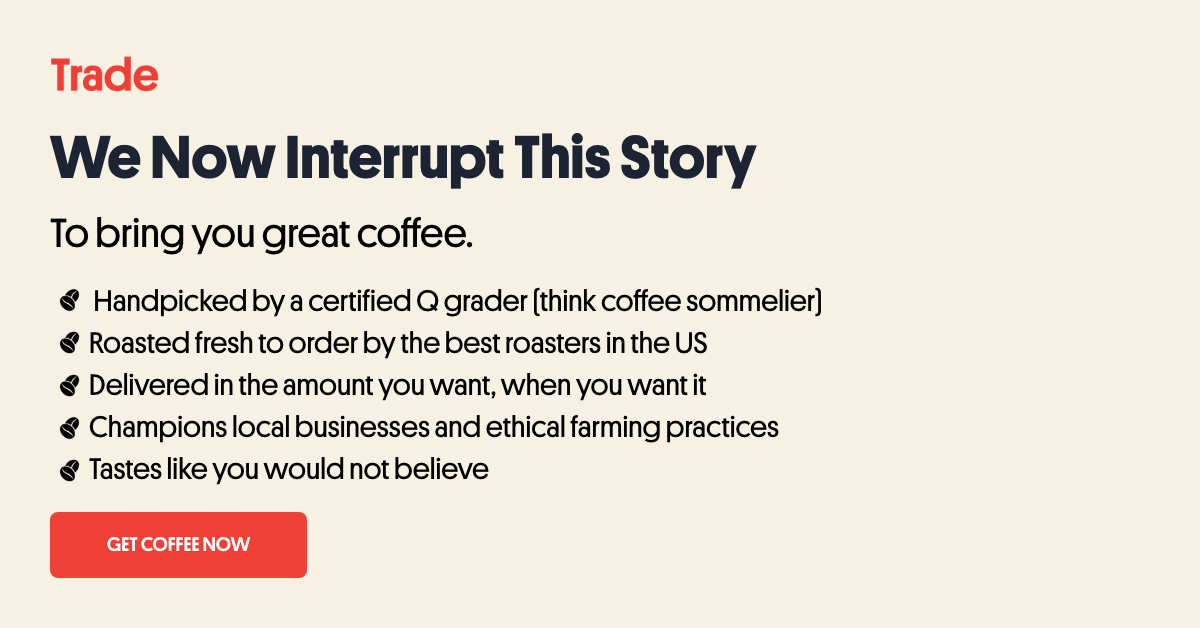The journey to discovering a new love for Peruvian coffee began at the cupping table.
Last November, as the new crop of Peruvian coffees were just about to start arriving in the US, I found myself at Brooklyn’s Pulley Collective tasting a half dozen or so new Peruvian coffees. In my job buying green coffee for a roaster, I had previously looked to Peru for solid coffees to throw in a seasonal blend. They also made for approachable coffees on a single origin menu: tasty and well balanced, but without flavors that could shock the average coffee drinker.
So I was pleasantly surprised when a few of the coffees I tasted delivered flavor notes more reminiscent of African coffees, or some of the super-high-end coffees coming out of Colombia. One tasted of fresh blueberries, another had juicy lime acidity, and the coffee on the table that wasn’t necessarily surprising was super-clean and balanced. Were these outliers? Was Peruvian coffee changing? Was I just wrong about it all along? You can’t really tell from one cupping table, but I happily purchased the blueberry-like one and moved on.
Having tasted Peruvian coffees from a bunch of different roasters over the last few months at Trade, I’m getting pretty sure the improvements in quality and diversity of coffees coming out of Peru are very real indeed. Distinctive flavor profiles abound, and those more traditional coffees are tasting better than ever. I asked Ruby Coffee Roasters' founder Jared Linzmeier about his recent experiences with Peru and he said, “Peru's quality has absolutely, definitively lifted over the past five years” and “the range of great flavor has grown along with the quality.”
More confident than ever that I wasn’t just imagining this jump in quality, I wanted to learn more about how that happens. What infrastructural challenges in the long, complicated coffee supply chain had to be overcome for the coffee to start tasting better? According to Dana Foster, a coffee trader with Atlas Coffee Importers, “Helping producers achieve greater access to the market and to their final buyer certainly helps.”
Indeed, it’s a reality all around the coffee growing world that many producers whose farms have the conditions for growing delicious coffee just don’t have the channels to sell that coffee to the roasters that would want to by it. And producers who are focused on the quality on their coffees face many technical challenges, one of the greatest of which Dana says is properly drying their coffee. Before coffee can be exported, it has to be dried to at most 12 percent of its original moisture, and Atlas has been working with producers to “speed up drying time and prevent mold or fermentation, which can happen when the coffee maintains a high humidity for too long.”
With many people working hard on overcoming those challenges, and the growing conditions available in Peru, it’s no wonder the coffee’s getting better. And, as Jared points out, Peru’s usual harvest schedule means that from a seasonality standpoint they “happen to be showing up precisely when [roasters] need more variety on the menu.”
So, if Peru isn’t an origin you’ve traditionally looked towards for your fix of exciting coffees, now is a great time to start. If you’re way ahead of me and have loved Peruvian coffees for years, they’re only getting tastier. Explore the fruitier side of Peruvian coffee with Huckleberry’s Peru El Horcon, Dune’s Peru Cajamarca, or PT’s Peru Finca Tasta Natural, or take comfort in great versions of the more traditional Peru profile with Gimme’s Peru Rutas del Inca, Onyx’s Peru Renato Moreto Córdova, or Ruby’s Mendosayoc.
— Maciej Kasperowicz, QC Team
_— Photo Credit: _ Paul Lequay_ via _ Unsplash






